“Nothing is expected of the train passenger. In planes the traveller is condemned to hours in a tight seat; ships require high spirits and sociability; cars and buses are unspeakable. The Sleeping Carriage is the most painless form of travel.” – Paul Theroux
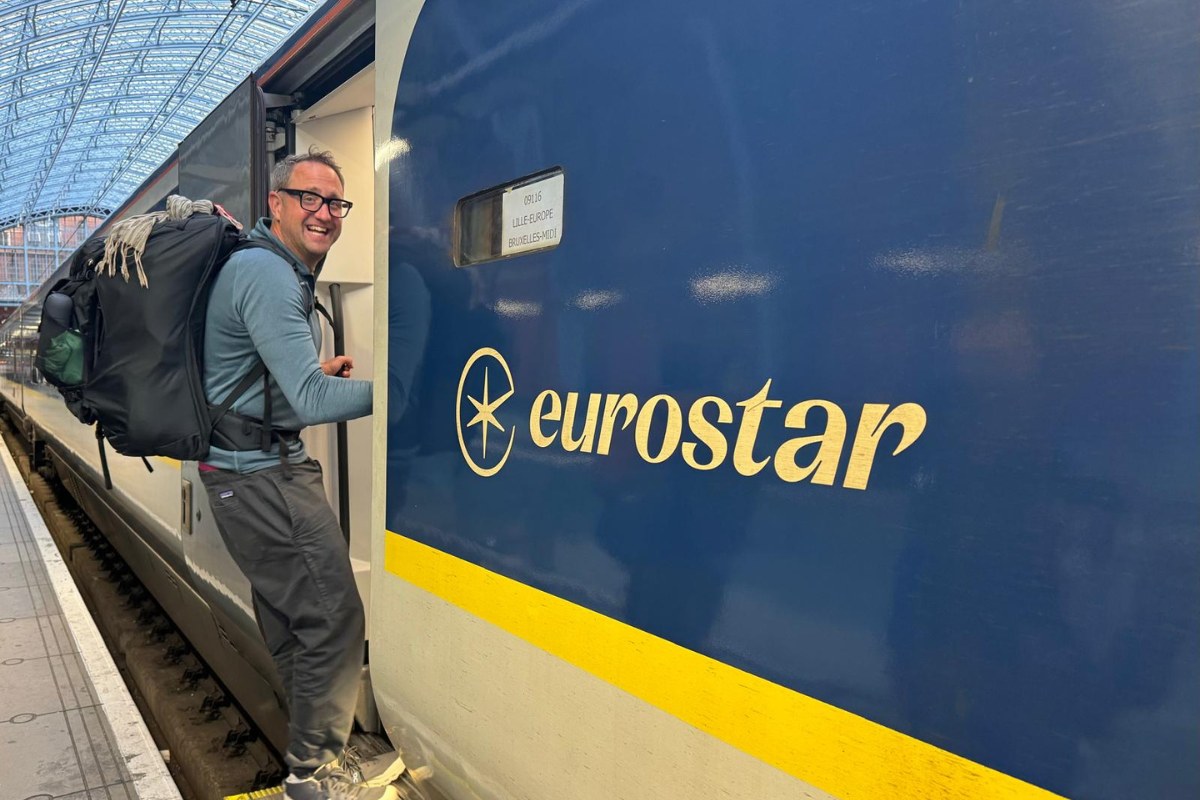
‘Thank you for travelling with Eurostar – the greener way to go!’ could not have been a more apt send off for this trip, bringing a smile to my face as I leant back in my seat and headed for Kent. And that sentiment takes us straight to the nuts and bolts of the matter in hand in this post: we have to travel more sustainably, and we have to make the sustainable options appealing.
The idea to do this long journey by train began whilst I was learning more about what we in the UK need to do to achieve net zero by 2050 (as our government keeps telling us we’re on track to do, hmm…) According to the evidence, among the many, many changes needed are two non-negotiables that have to stop altogether: eating meat and air travel as we currently know it. Watch this set of videos if you are interested in finding out more.
Train travel is vastly better for the planet than air travel. The calculation that I am most comfortable with is that the train has around ⅓ of the carbon output of flights. This comparison got me thinking and investigating, maps got looked at, routes considered, conversations had and before I knew it I was off.
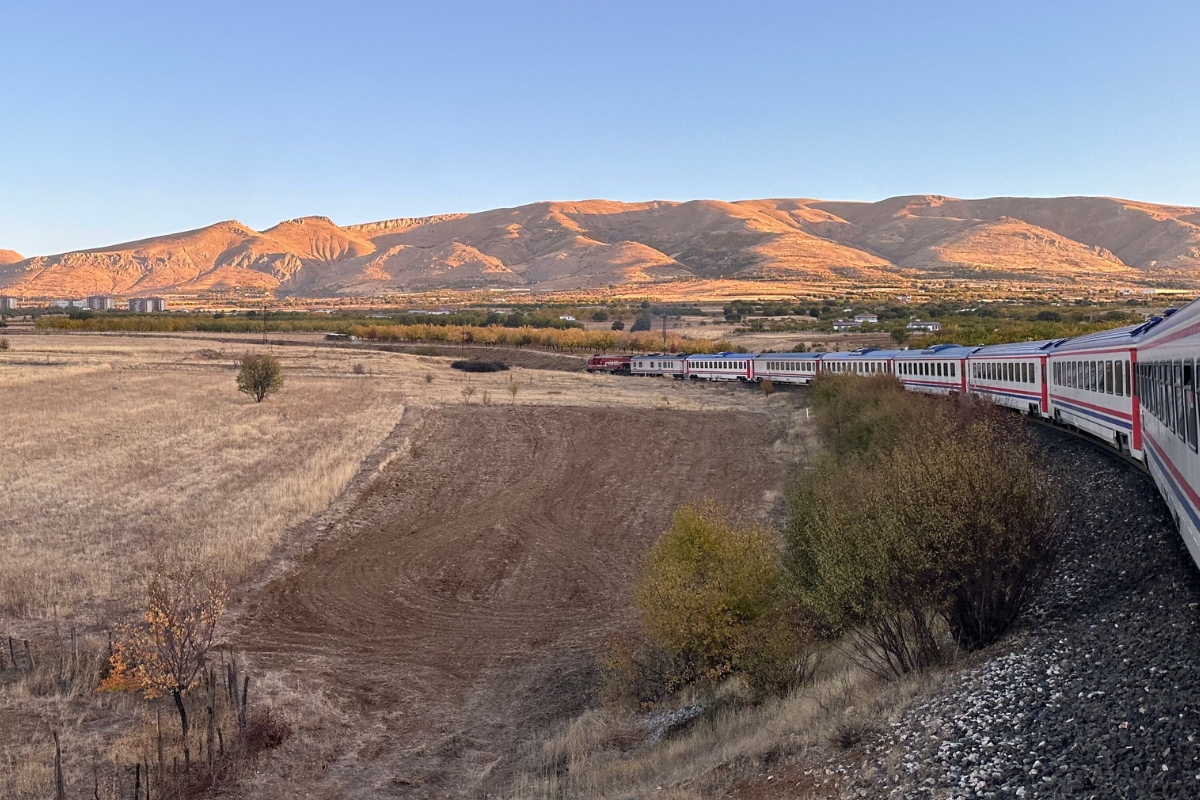
Fast-forward to now, and I’m a little over 3 weeks into what is, undoubtedly, an amazing adventure. I’ve taken 23 trains (perhaps a couple more by the time you’re reading this), spent 100+ hours on board (109.8, to be precise!), and given a fair bit of thought to the subject of rail travel along the way.
I’m not a seasoned train enthusiast by any stretch, but I love incorporating train journeys into my travels. It can be such a wonderful way to see an unfamiliar country and get from place to place. The pros and cons of contemporary train travel is a (very) broad subject, worthy of multiple articles, however I’m keen to retain my 3 readers, so here are my thoughts in one brief-ish overview:
All aboard…
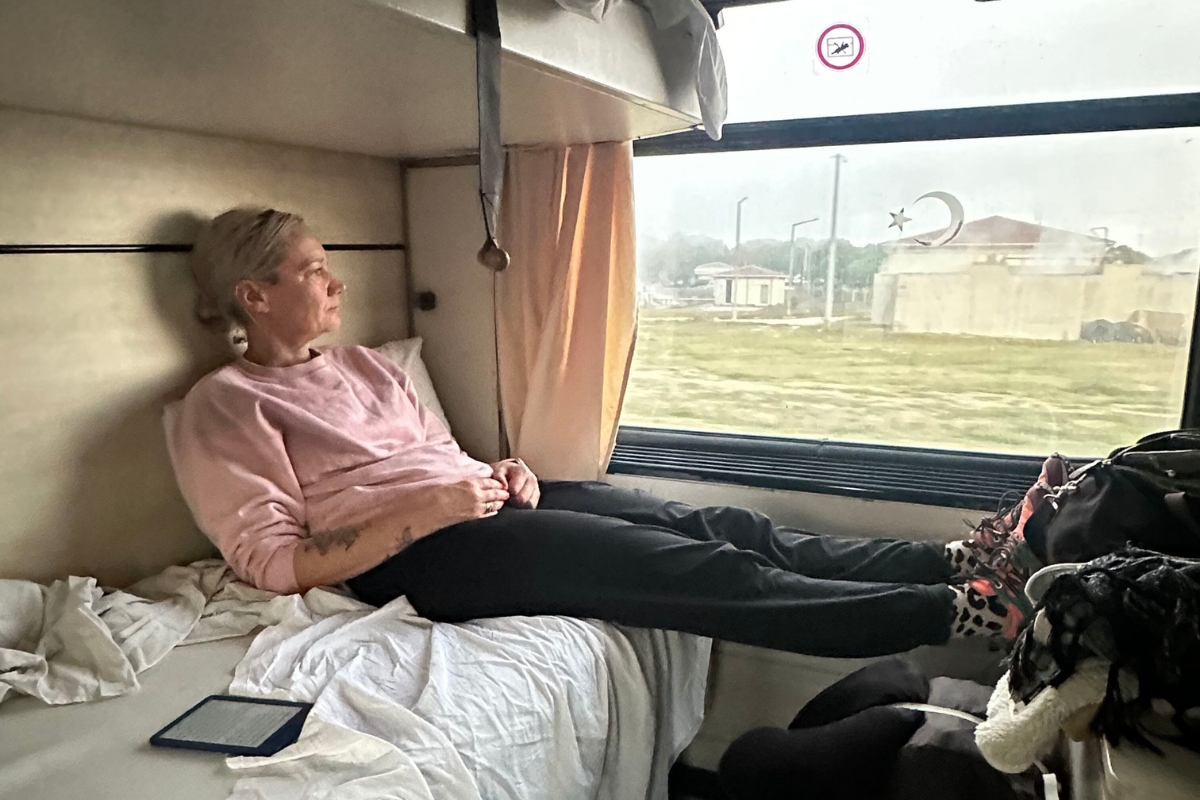
First up, the experience. This is the easy part. Flick back through my previous posts, especially this early one, and Selective Asia’s Instagram, and you’ll get the idea. Allowing the journey to become the destination can change everything, even for the most embattled commuter. One hundred hours in and I can honestly say that very few of those hours have felt like a chore or even, in a funny sort of way, a journey at all (ask me again at the Taj!). Train travel changes the way you experience a country and, so far, I’ve found it to be for the better. It makes you slow down, see new details, lift your heads up and see with new eyes. Beyond a scenic hop over an idyllic archipelago or two, when have you ever heard that said about flying?
Few, if any, say it as well as Paul Theroux who, in another passage from The Great Railway Bazaar, writes:
“Looking out of a train window in Asia is like watching an unedited travelogue without the obnoxious soundtrack…Train travel animated my imagination and usually gave me the solitude to order and write my thoughts: I travelled easily in two directions, along the level rails while Asia flashed changes at the window, and at the interior rim of a private world of memory and language. I cannot imagine a luckier combination.”
As far as meaningful alternatives to flying go – genuine alternatives – surely train travel is the most obvious one? However, sticking points arise when you look at the everyday versions. Getting from Brighton to the Taj Mahal by train feels exciting; the 7.50 from Brighton to Victoria, no thanks. The cost, stress and reliability issues of the daily commute can be very off-putting for travellers when it comes to choosing rail for leisure: no-one wants added stress and uncertainty on holiday. If we are to meet net zero, this has to change.
So, what are the major challenges and what is being done to move the needle?
Connectivity and cost
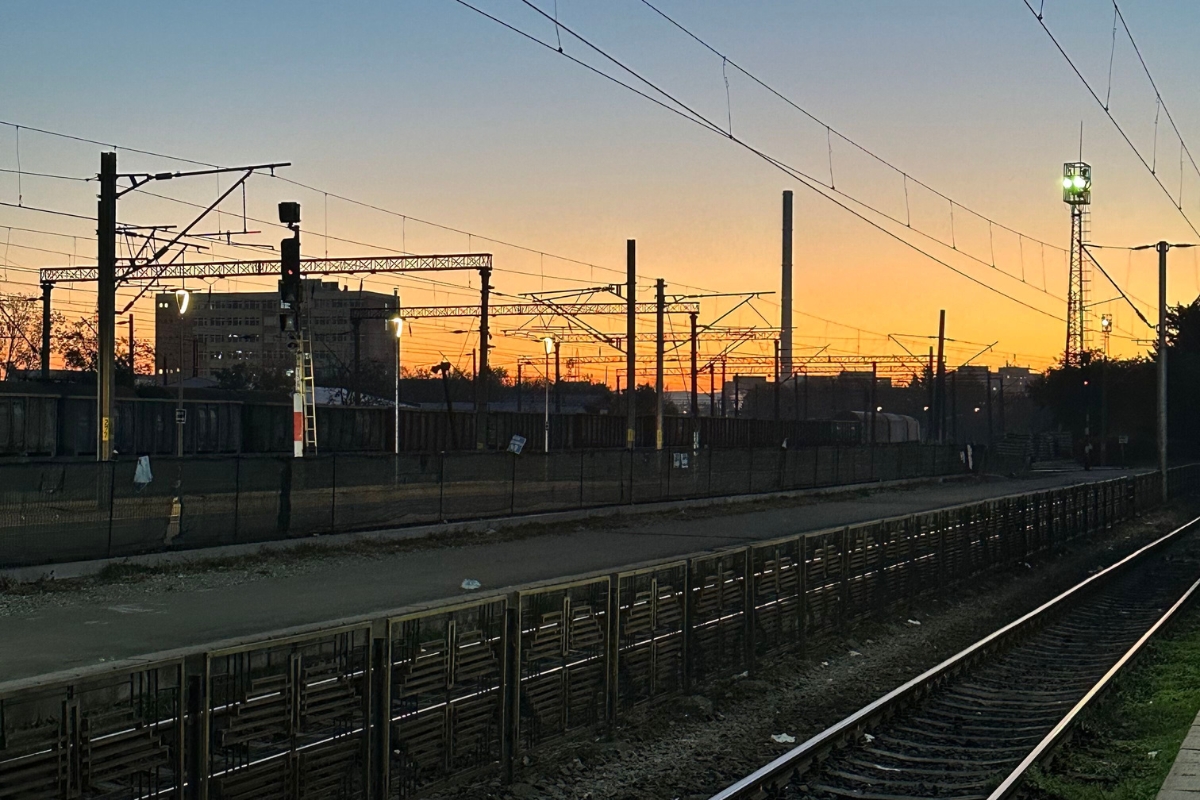
When I first had the idea for this journey, I estimated that if I didn’t stop, pretty much didn’t sleep anywhere but on a train, and if every connection went like clockwork, I could make the 13,000 km journey from my home in Brighton to the Taj Mahal in approx 19.5 days.
I compared that against Amtrak, and discovered that the same distance, when covered in one country, could be done in a little over 6 days. This underlines the huge need for improved connectivity in cross-continental train travel (on this side of the Atlantic, at least).
Some individual countries are doing great things to improve connectivity and to encourage (or even compel) people towards trains. France has banned domestic flights where there is a train alternative, there’s a growing overnight rail network across Europe, and incentives to use rail more often in Germany, where there are also encouraging levels of investment in improving rail infrastructure.
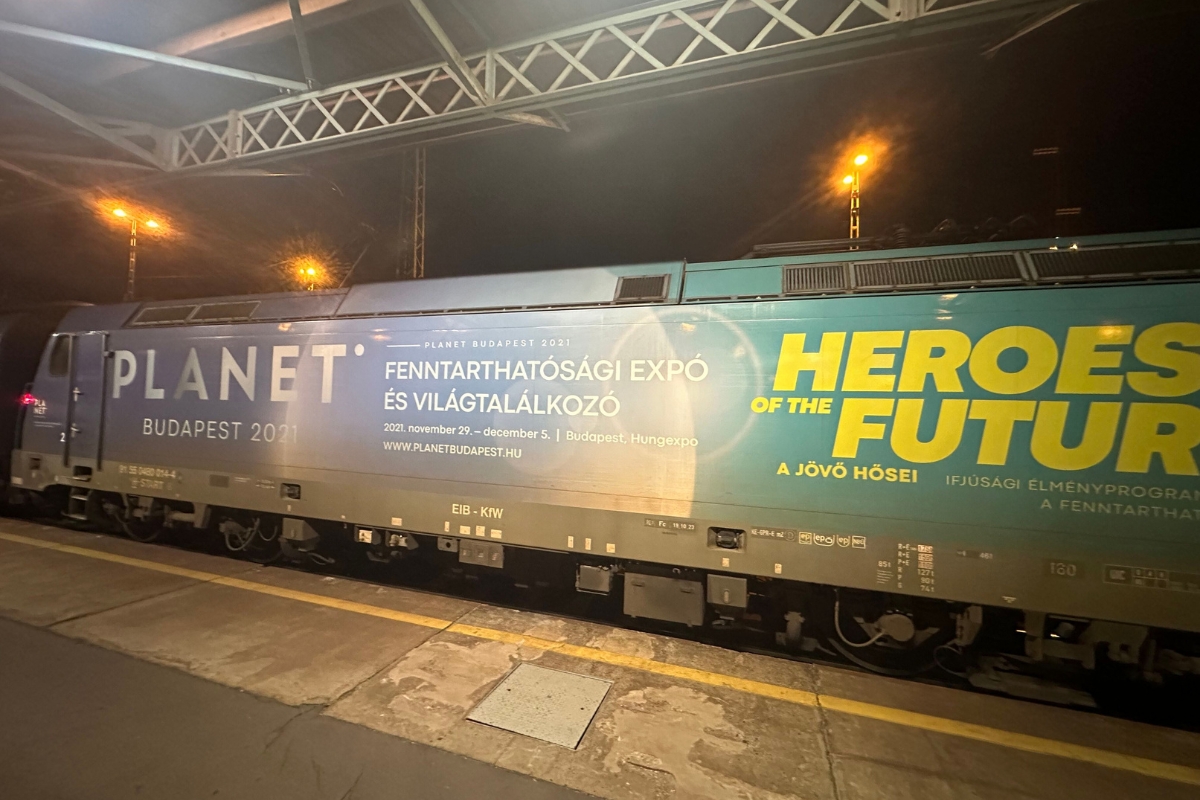
Single countries’ actions cannot, however, solve this issue, or make rail travel ‘stick’; it relies on many countries pulling in the same direction, at the same time, and at the same velocity. The incredible Interrail network is a great example of what is possible with cross-country connectivity. This has been around for decades and is a marvel. For anyone that thinks that all rail travel is overpriced, think again.
We need to make rail sexy
Right now, most rail travel (with notable luxury exceptions) is still seen as second class compared to flight, so rail has to up its game across the board. Railway infrastructure across mainland Europe has been reorganised over recent years to allow different operators to compete for the same routes, which has led to huge improvements in the quality and experience (and cost) for the traveller.
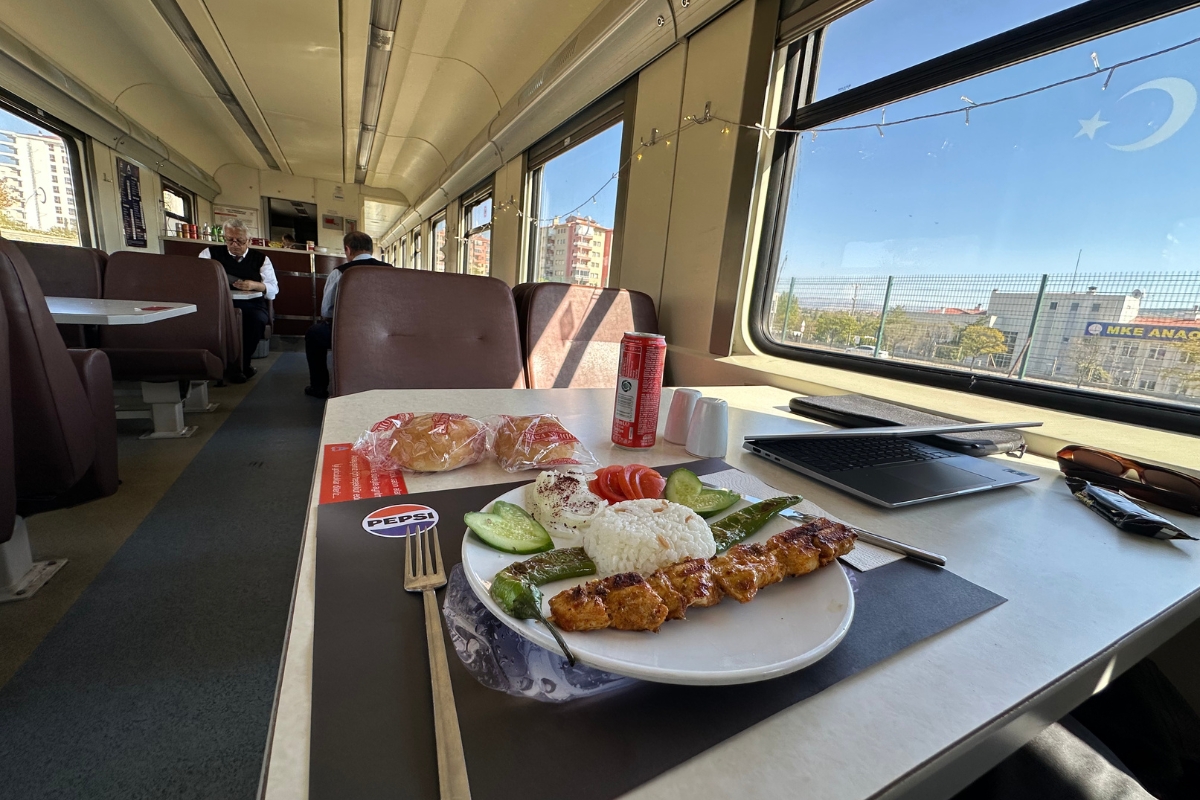
Some incredible new services are arriving on the continent, with journeys designed to appeal to mid- and high-range travellers, such as Nightjet and European Sleeper. In the UK, companies like Lumo are springing up to try to compete with short-distance flights on comfort and efficiency, but there’s still a long way to go. These are just a few examples of the visionary businesses and operators out there focused on making train travel truly appealing again, and this is so important. Surround a smoothly-running, reliable timetable with great tech, add-on services, good food and social areas, and train travel absolutely has the edge.
And then, there’s you and me…
The ‘intention-behaviour gap’ is a big problem in sustainable travel, with people often having great ambitions and values, but not the budget, time or flexibility to put them into action. At Travel by B Corp we carried out a limited (but meaningful) case study that went a small way to demonstrating that people do genuinely get more enjoyment from sustainable travel and activities, but need the impetus and tools in place from the industry to allow them that choice.
However, even if every available sustainable travel incentive was in place, we’d still need a collective mind-shift to make it work. We need to believe that there is a very different kind of train travel out there; to reframe our concept and increase our appetite for it. We need to make space for the value of experience in the calculation.
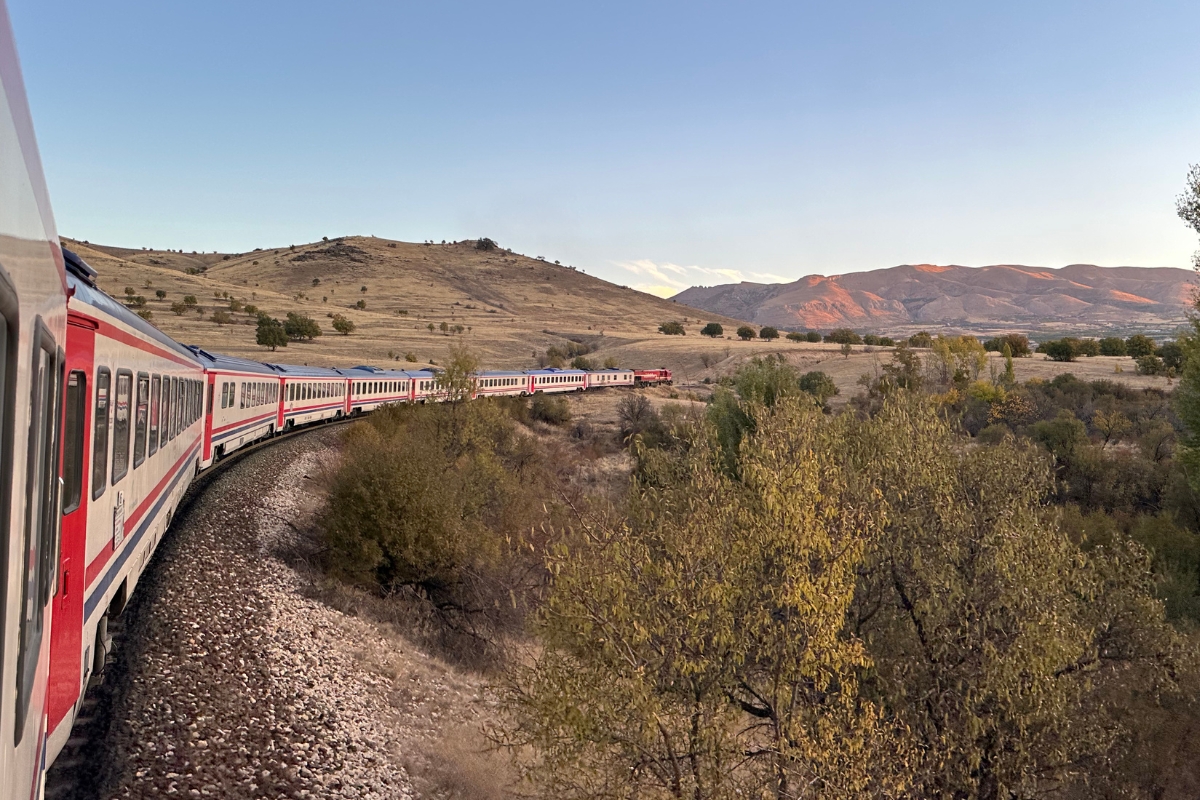
There needs to be meaningful change built into how we travel, not just as a one-off. I know that most people aren’t about to embark upon a journey to match Mr Theroux’s extensive travels (or my own two month odyssey for that matter), but even for short-haul hops, it’s worth factoring in a few extra hours. For example, many of us will book a low cost flight to France, or trans-US, at a moment’s notice, but how many of us consider the rail alternative? London to the south of France is 7.5 hours by rail, vs. 2 hours (plus perhaps 4-ish split between the two airports) by plane, which is not unfeasibly different. In my view, any extra costs are more than made up for by the enhanced experience of trundling through the vineyards and sunflower fields.
I learned the lovely Swedish term ‘Tågskryt’ earlier in the trip, which translates as “train brag”: the idea that people encourage each other to travel by train, instead of plane, by posting pictures from their rail trips online, #tågskryt. Behavioural change is possible; it’s just a case of reframing what we value.
One rail in front of the other…
Progress is all about momentum over perfection – it’s the only way we go forwards. Expecting every traveller to stop all flights instantly is unrealistic, but we have to offer a pathway. How about limiting our travels to a maximum of one longhaul flight a year? Replacing all shorthaul flights with trains, where possible, a la France? Only flying shorthaul every other year? These stepping stones aren’t the solution, but they do let us see the route more clearly, and give us the practical ability to begin following it. One step at a time is how every change, easy or challenging, has to start.
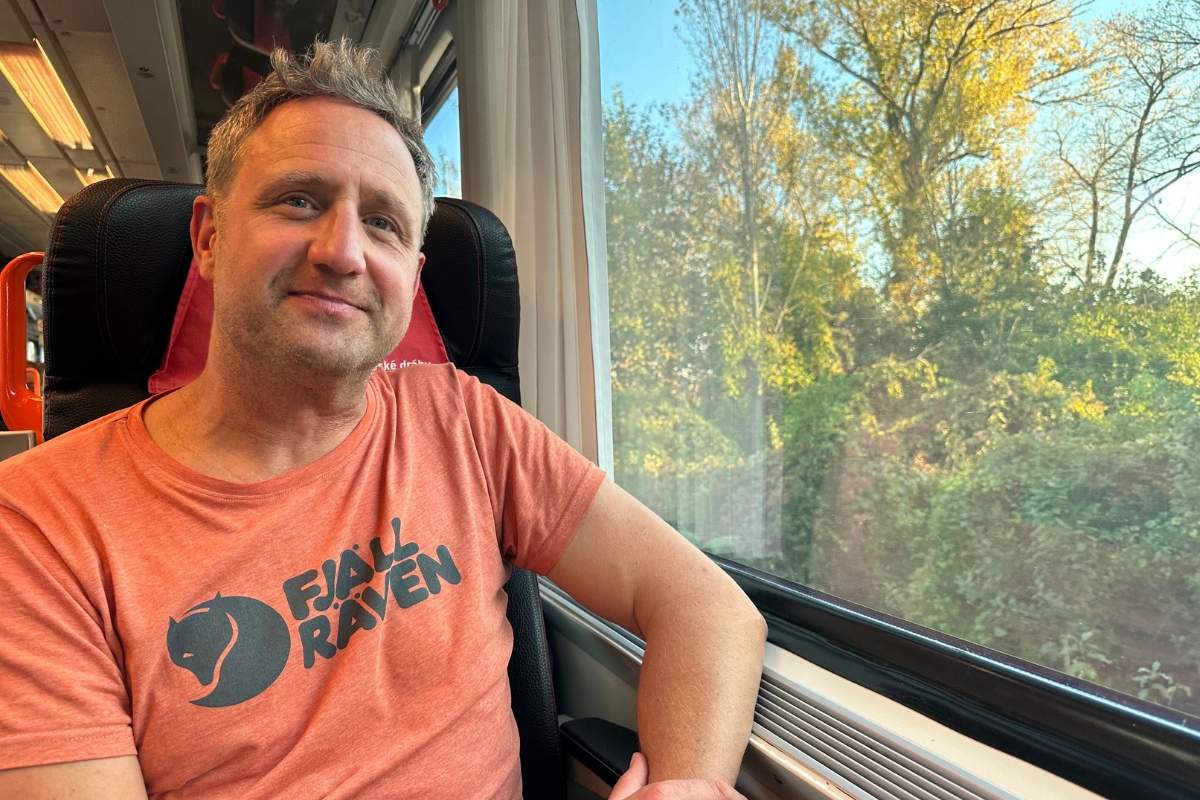
And maybe, just maybe, if you’ve read this far, you might take it as the nudge to book your next trip by train and try it for yourself. The experience will always be worth it.
#tågskryt
